Why Time Outs Don’t Work (And What to Do Instead)
Published Sep 15, 2014 Updated Dec 18, 2019
By Nina Garcia
The original article can be found here.
Do time outs really work?
Many parents use time outs to discipline, but here’s why time outs don’t work and what to do instead.
You hear it all the time: If your child misbehaves, put him in time out.
He’ll learn those actions aren’t tolerated, and that consequences follow his misbehavior. You can even consult charts that suggest how many minutes per age to put him in time out. My kids’ own pediatrician recommended this method.
Except… I’m not buying it.
You see, the more I researched and learned about time outs, the more I realized that time outs can cause more harm than good.02:46
And that, if anyone should get a time out during a heated moment, it should be us, the parents.
Walking away to another room or counting down a minute to collect ourselves is far better than lashing out and losing our cool. But to send our kids to time out is not the best strategy, especially if we want them to learn valuable lessons about their behavior and choices.
Why time outs don’t work and what to do instead
So, why don’t time outs work? After all, we hear about them so often, whether from other parenting resources, on television, our friends and family. We may have even grown up with time outs and figure we turned out all right.
But there’s more to time outs than we think. Not only are they an ineffective method in the long run, they also don’t serve our kids well.
Take a look at these compelling reasons why time outs don’t work. More importantly, learn what you can do instead of a time out that will strengthen your relationship with your child:
1. Time outs isolate children
Of course, you might say. That’s the point, right? Punishment means removing the things kids enjoy. No people, no toys, no fun. Sit and learn your lesson.
Except… they’re not learning their lesson.
Alone in that corner, your child isn’t thinking about why she shouldn’t have hit her baby sister.She doesn’t realize it’s her actions—and not her as a person—that needs to change. Nor does she reassure herself that her feelings are valid, or that she’s loved no matter what.
No, she’s still fuming at the unfairness of it all. She doesn’t understand why she’s punished when her baby sister ruined her building blocks. She might even think she’s a bad person for deserving this time out.
Why? She has nobody talking to her about these issues. She’s all by herself.
2. Time outs don’t acknowledge your child’s feelings
For instance, my toddler had a horrible habit of hitting others. My first reaction was to isolate him. Hitting warrants an extreme reaction, I reasoned.
Except I didn’t address my son’s frustration. In his mind, he was hitting his brother because he didn’t want his toy taken away and had no other way to say so. Hitting is never the appropriate way to express frustration, but in sending my son to a time out, I didn’t acknowledge the underlying reason. For all I know, he might think he gets time outs whenever he gets upset.
We don’t get to ask ourselves whether their misbehavior was normal when we whisk them off to a time out. We don’t realize that hitting, no matter how inappropriate, is still common for toddlers, or we forget that he skipped a nap and was feeling tired.
These aren’t excuses for hitting, but understanding the motive reveals that his frustration was valid.
Time outs also embarrass kids. Making kids feel bad—whether through embarrassment or punishment—isn’t the goal of discipline. The goals include things like learning acceptable conduct. Regulating her emotions. Following directions. Not feeling terrible about themselves.
3. Kids learn that negative feelings should be ignored
4. Kids don’t learn to regulate their emotions
Read more about alternatives to time outs.
What to do when time outs don’t work
Why we’re too quick to put our kids in time out
Why do we resort to time outs right away?
And the second reason is a false belief that love rewards misbehavior.
Instead, you guide and love him even through his lows, not just when he’s happy and behaving. We can’t withhold our love as a form of punishment.
Conclusion
Get more tips:
· Becoming the Parent You Want To Be by Laura Davis
· A Better but Not Always Easier Alternative to Timeouts
· How to Stop Siblings from Fighting and Teach Conflict Resolution Instead
· The Surprisingly Simple Question You Should Always Ask Yourself before Disciplining Your Child
· How to Discipline a Toddler Who Deliberately Disobeys
Do you struggle with getting your kids to listen? Join my newsletter and learn the one effective word I’ve found to get kids to listen in this printable handout.


